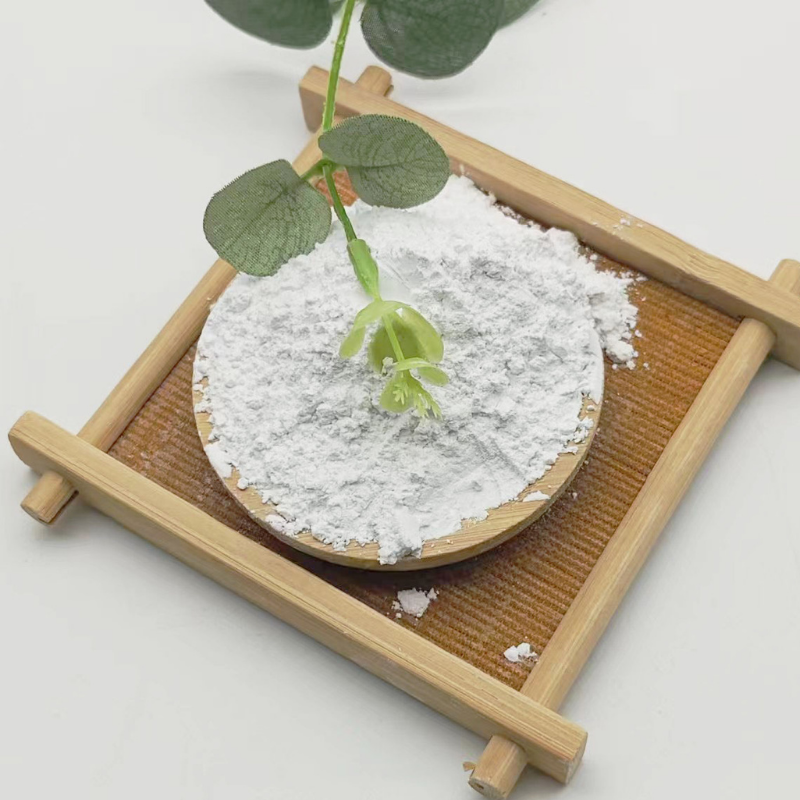
Influence of Fly Ash Particle Size on Concrete Performance and Durability
The Importance of Fly Ash Particle Size in Construction Materials
Fly ash, a byproduct of coal combustion in power plants, has gained significant attention in the construction industry for its potential to enhance concrete properties. As the global construction sector increasingly focuses on sustainability and resource efficiency, fly ash serves as a viable replacement for cement, offering both environmental and performance benefits. However, one crucial factor influencing the effectiveness of fly ash in concrete mixtures is the particle size of the fly ash itself.
Understanding Fly Ash Particle Size
Fly ash particles vary widely in size, typically ranging from 1 to 100 micrometers. This variation significantly impacts the material's behavior when mixed with concrete. The particle size distribution plays a critical role in determining how well the fly ash can integrate with other components in concrete, affecting workability, strength development, and durability.
Larger particles may not contribute as effectively to the pozzolanic reaction—a chemical reaction between the silica in fly ash and calcium hydroxide generated during cement hydration. Conversely, smaller fly ash particles have a greater surface area, enabling more interaction with the available moisture and reactants within the concrete mixture. This increased reactivity can lead to more efficient bonding with the cement matrix, ultimately enhancing the strength and durability of the final product.
Impact on Workability and Rheology
The particle size of fly ash also influences the workability and flow characteristics of concrete. Fine fly ash can improve the cohesiveness and fluidity of concrete mixes, allowing for easier placement and reduced segregation of materials. This is particularly important in applications requiring intricate forms or where concrete must be pumped over long distances. In contrast, coarser fly ash may create challenges in workability, leading to increased labor costs and the potential for defects in the finished product.
In addition, the particle size distribution can alter the viscosity and yield stress of concrete mixes. Fine particles can fill voids between larger aggregates, reducing the overall void content and creating a denser concrete matrix. This densification improves the mechanical properties of the concrete, resulting in a material that is not only stronger but also more resistant to permeation by water and chemicals, thus increasing durability.
fly ash particle size

Optimizing Fly Ash Use
To maximize the benefits of fly ash in concrete, it is essential to select the appropriate particle size for specific applications. Engineers and material scientists often conduct experiments to assess how different fly ash particle sizes and distributions affect various concrete properties, including compressive strength, shrinkage, and resistance to aggressive environmental conditions.
Additionally, advancements in processing techniques have enabled the production of finely milled fly ash, making it easier to tailor particle size distributions to meet the specific needs of a concrete mix. This customization allows for the optimization of fly ash's performance, further enhancing its role as an eco-friendly alternative to traditional cement.
Environmental Considerations
The use of fly ash not only improves concrete properties but also addresses environmental concerns associated with cement production, which is responsible for a significant portion of global carbon dioxide emissions. By substituting fly ash for cement, the construction industry can reduce its carbon footprint, conserve natural resources, and promote the sustainable utilization of industrial byproducts.
Conclusion
In conclusion, the particle size of fly ash plays a pivotal role in determining its effectiveness as a supplementary cementitious material in concrete. By understanding and optimizing the particle size distribution, engineers can enhance concrete workability, strength, and durability, while simultaneously contributing to environmental sustainability. As the demand for more sustainable construction practices continues to rise, the role of fly ash in concrete technology will surely expand, making a significant impact on both the industry and our planet. The future of construction lies in smart material choices, and fly ash stands out as a prime example of innovation in building materials.
Share
-
Premium Talcum Powder Enhanced with GPT-4 Turbo | Soft & Long-LastingNewsAug.02,2025
-
Fly Ash Solutions Enhanced by GPT-4 Turbo | Sustainable InnovationNewsAug.01,2025
-
Natural Premium Bentonite Cat Litter - Superior ClumpingNewsJul.31,2025
-
Premium Resin Coated Sand - High Heat Resistance CastingNewsJul.31,2025
-
High Quality Silicon Carbide Grit for Abrasive ApplicationsNewsJul.30,2025
-
High-Quality Ceramsite for Plants & Gardening | Lightweight PebblesNewsJul.29,2025






